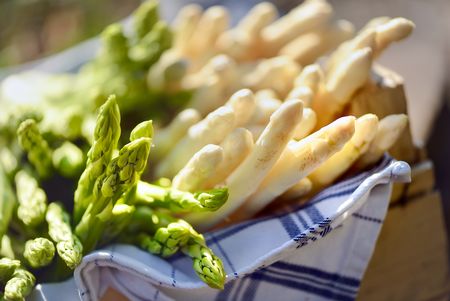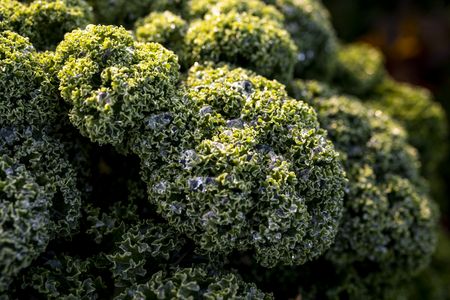Superfoods are often hailed as nutrient powerhouses that can boost health and promote a sense of wellbeing.
Thanks to their exceptionally high levels of nutrients and wellbeing-boosting properties, superfoods are considered particularly beneficial to health and can help support the immune system. They are rich in vitamins, minerals, antioxidants and other essential nutrients. They are at their best when eaten raw, as this preserves their valuable nutrients.

